Investment Analysis of 5000 Tons/year Forage Grass Feed Pellet Processing Project in Inner Mongolia
Date: 02/05/2021 08:40:19 From: feed-pellet-plant.com Clicks:
Forages are classified into grasses; the main source of energy and legumes which are the main source of protein. Legumes are rich in protein and they have the potential to reduce the cost of feeding animals. The use of forage legumes in livestock production systems has increased in the tropics in recent years. Herbaceous forage legumes have been identified as potential supplements for ruminants.
However, seasonal fluctuations results in their low quality and unavailability, which poses a threat to livestock survival. Farmers are faced with the challenges of sourcing adequate feeds for their stock during dry seasons. During this period, the nutritive value of the forages decline while animals are faced with reduced feed intake and loss of weight.Legumes such as Lablab purpureus, Calopogonium mucunoides and Mucuna pruriens can be conserved as silage, hay and pellets to meet the nutritional needs of animals when there is low availability. The major constraint in large scale hay production in the tropics is unreliable weather conditions and poor herbage quality for most of the year. Conservation of legumes as silage is not extensively practiced worldwide because of their high buffering capacity and low concentration of fermentable carbohydrates which limits the quality of their silage.
Conserving of the forage legumes into pellets form reduces the fibre contents and bind the nutrients together which will further improve the intake and digestibility of the animals.hay and pellets to meet the nutritional needs of animals when there is low availability. The major constraint in large scale hay production in the tropics is unreliable weather conditions and poor herbage quality for most of the year. Conservation of legumes as silage is not extensively practiced worldwide because of their high buffering capacity and low concentration of fermentable carbohydrates which limits the quality of their silage.
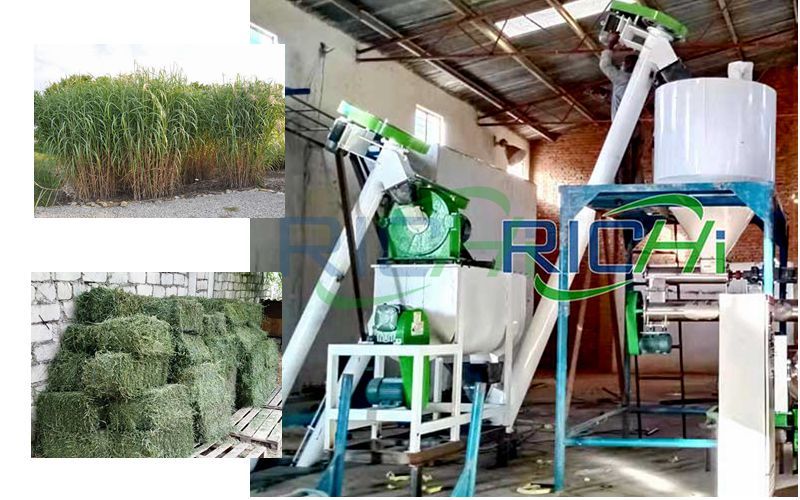
Forage Grass Feed Pellet Processing Project
Conserving of the forage legumes into pellets form reduces the fibre contents and bind the nutrients together which will further improve the intake and digestibility of the animals.Conservation of legumes as silage is not extensively practiced worldwide because of their high buffering capacity and low concentration of fermentable carbohydrates which limits the quality of their silage. Conserving of the forage legumes into pellets form reduces the fibre contents and bind the nutrients together which will further improve the intake and digestibility of the animals.Conservation of legumes as silage is not extensively practiced worldwide because of their high buffering capacity and low concentration of fermentable carbohydrates which limits the quality of their silage. Conserving of the forage legumes into pellets form reduces the fibre contents and bind the nutrients together which will further improve the intake and digestibility of the animals.
Scientifically formulated Forage Grass Feed Pellet Processing production line project
1. Project name: 5000 tons/year cattle sheep forage grass feed pellet processing project
2. Project construction site: Inner Mongolia
3. Necessity and feasibility of project construction: Inner Mongolia has a usable pasture area of 20,000 square kilometers. The quality of the pasture is of good quality and middle yield, with an annual output of 1.5 billion kilograms of forage grass. There are more than 2.6 million heads of livestock in the livestock industry. In order to improve the utilization rate of forage, it is imperative to adopt scientific formula, fine processing, produce high nutritional value, fast increase of livestock fertility, and value-added pellet forage, and it is imperative to create a green brand.
4. Project construction content: build a cattle forage grass pellet production line with scientific formula and corresponding raw materials, finished product storage and other auxiliary facilities, with a designed production capacity of 50,000 tons/year.
5. Project investment and fund raising methods: investment of 10 million RMB, sole proprietorship, joint venture, or cooperation are all acceptable.
6. Project market analysis: After the project is put into production, it can realize an output value of 15 million RMB and a profit of 3.75 million RMB.
Investing in forage grass cattle feed pellet production line processing projects is indeed a good choice, and investment in equipment is indispensable when doing investment analysis in the early stage. A complete grass pellet production line includes a lot of equipment, such as grass grinder, grass pellet machine, grass dryer, cooling system, screening and baling system, etc.
Process Steps of Grass Pellet Production Line
The most critical step for forage grass feed pellet processing technology is to regulate the moisture content of raw materials. First, the water content of the raw material must be measured, and then the water should be added till the moisture content reaches the amount required for feed processing. The results showed that the optimum moisture content of legume forage was 14%-16%, and that of gramineous forage was 13%-15%. It is very important for the produced forage grass pellets for sale.
n the process of forage grass production, forage grass pellet making machine is a key equipment. The forage powder is stirred and extruded during the rolling process. Under normal conditions, the temperature of the particles just coming out of the sieve hole is about 80℃. So they need to be cooled from high temperature to room temperature, the moisture content of the straw powder is generally reduced by 3% ~ 5%. Therefore, the moisture content of the forage grass pellets after cooling is less than 11% ~ 13%. As the water content is very low, it is suitable for long-term storage without moldy deterioration.
The above is the article for you: Investment Analysis of 5000 Tons/year Forage Grass Feed Pellet Processing Project in Inner Mongolia. If you are interested in our products or project solutions, please contact us. We will give you the best product quality and the best price. Email: enquiry@pellet-richi.com
Related Product
Production Line Equipment
related News
- >50,000 ton/year Factory Price Easy to Maintain Cattle and Sheep Al
- >Uzbekistan 10 t/h Large-scale Poultry Pellet Feed Processing Proje
- >12.5 Tons/hour Extruded Single Feed Raw Material Powder Production
- >Production and Processing Project of 300,000 Tons of Powdered Catt
- >Processing Project of Large-scale Feed Pellet Production Line With
- >1000 Tons/Day Large-scale Cattle Sheep and Chicken Feed Pellet Mil
- >10,000 tons/year cattle and sheep pellet production line project i
- >Why choose RICHI machinery Forage Grass Pellet Machine
- >Inner Mongolia feed pellet machine production line
Here you can submit any questions and we will get back to you as soon as possible. We will not disclose the information you submit to anyone, please rest assured.
Copyright© 2022 Richi Machinery. All rights reserved. Site Map


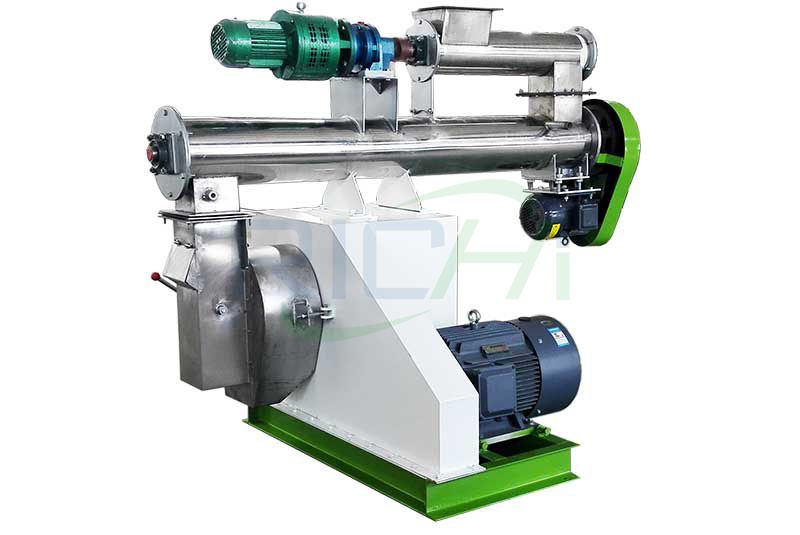
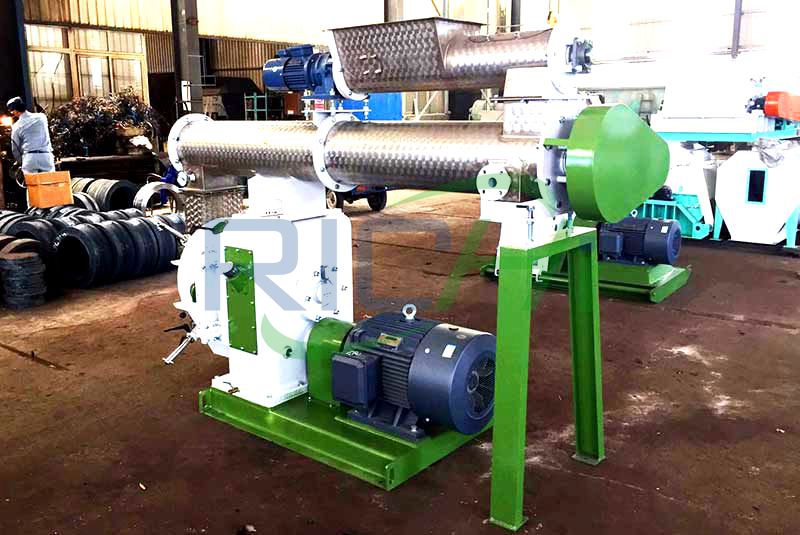
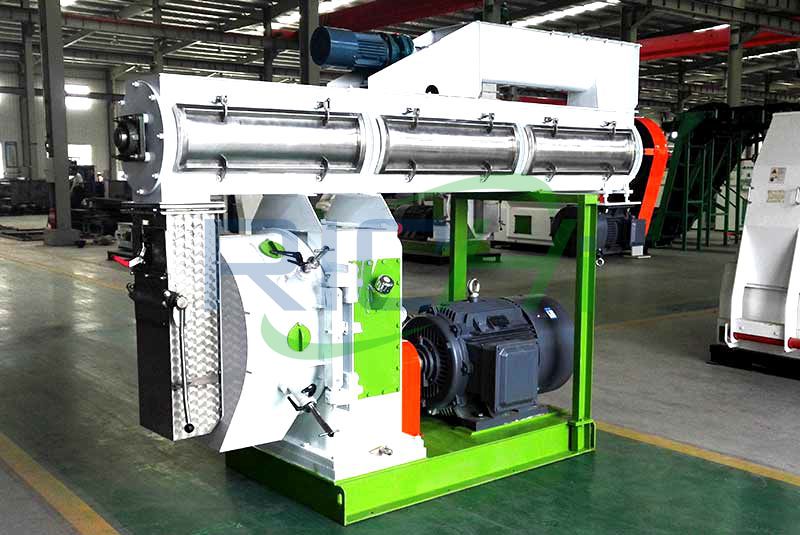
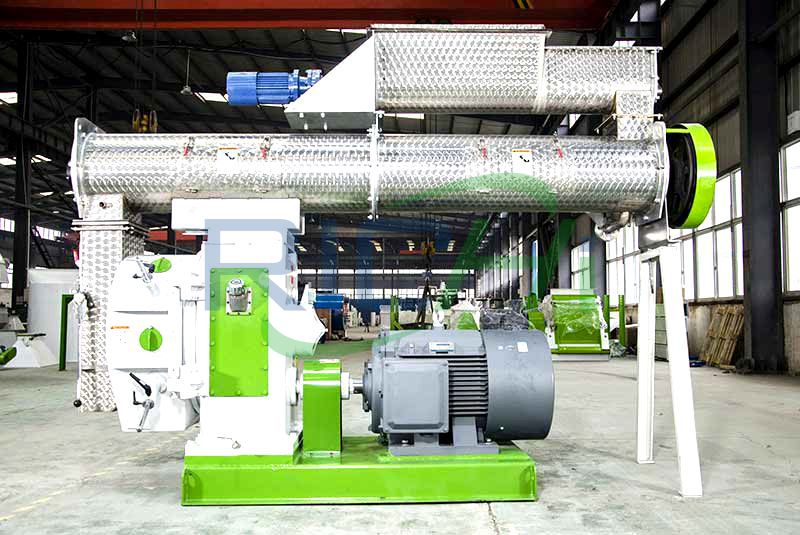
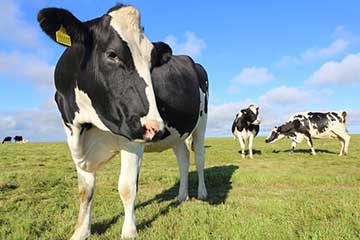
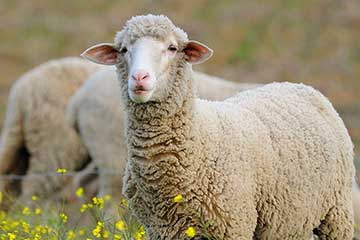
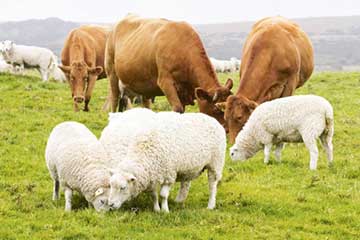
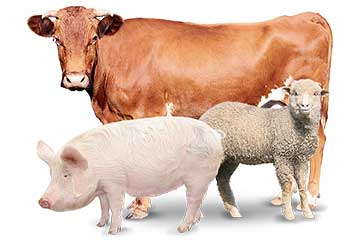
 Product Center
Product Center Get Latest Price
Get Latest Price